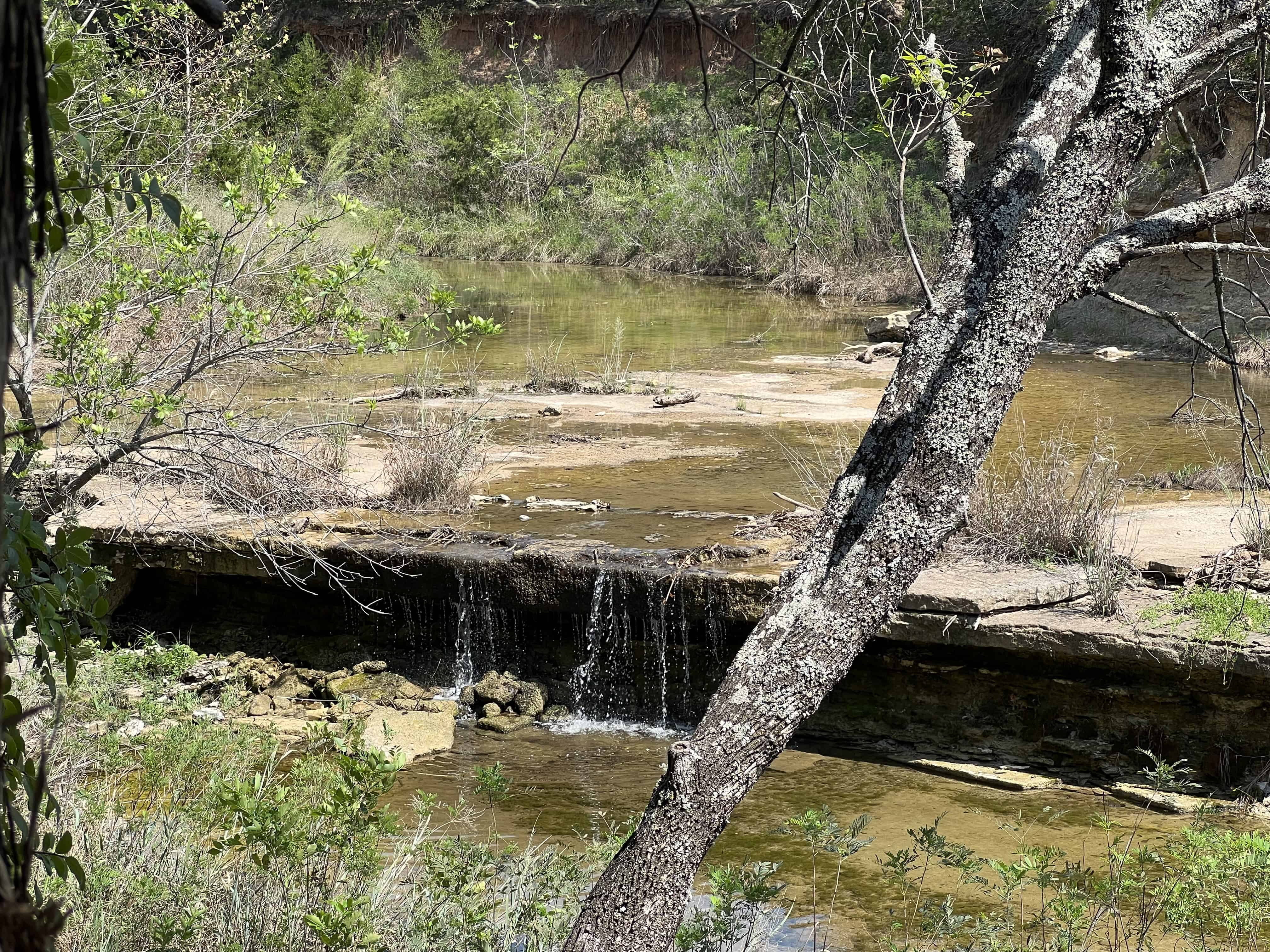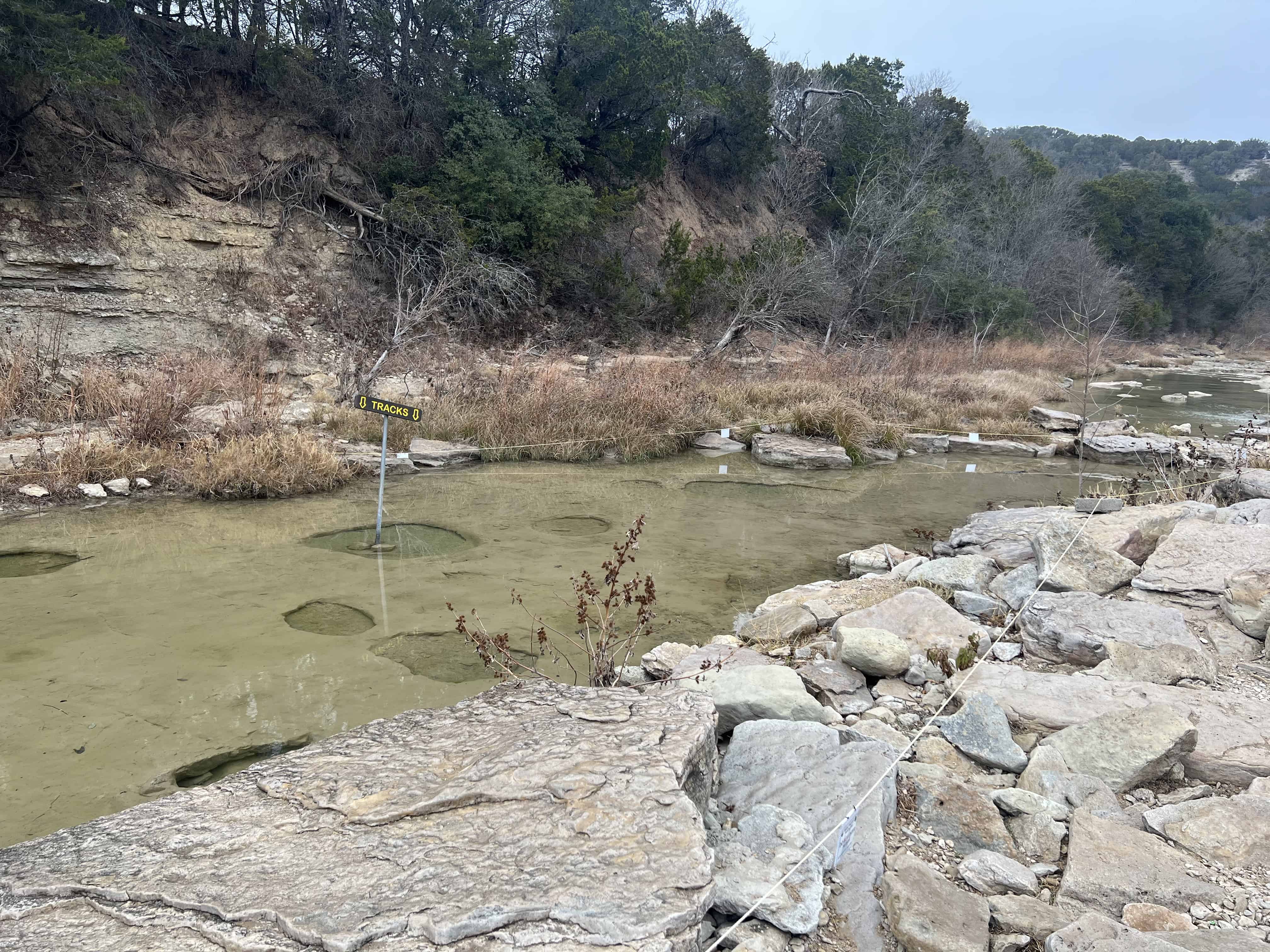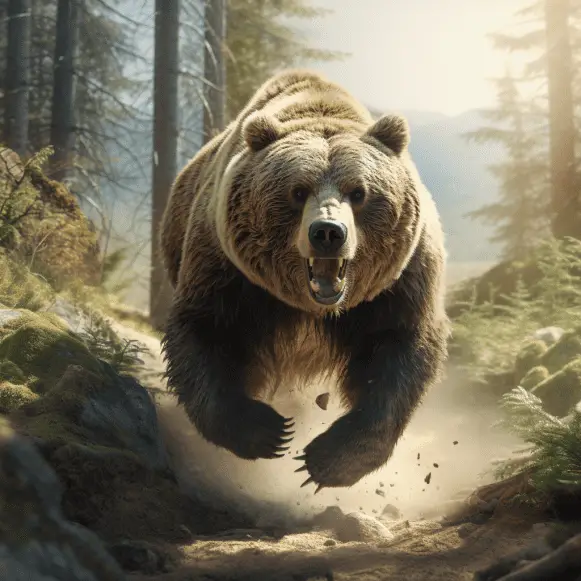A Guide to Teaching Kids About Responsible Wildlife Viewing
If you click and purchase with one of our links, we earn a commission. Thanks.
Responsible wildlife viewing is the practice of observing animals in their natural habitats without harming them or interfering with their daily routines. It’s like going to the zoo, but rather than seeing animals in cages, you’re seeing them in their natural homes. This involves understanding, respect, and caution.
Key Points
—————————————–|———————————————————————————————-
*Observing animals in natural habitats without harm or interference.
*Importance of teaching children for empathy, environmental care, and connection with nature.
*Importance of maintaining a safe distance from animals.
*Use of tools like binoculars and wildlife apps for enhanced viewing and identification.
*Human food can harm animals and make them reliant, causing ecosystem imbalances.
*Keeping noise levels down.
*Cleaning up waste to protect animals and their habitats.
*Adhering to local guidelines to ensure safety and conservation.
*Using books, movies, and games to engage interest.
*Interactive apps and educational programs for immersive learning.
*Ethical guided tours and family outings to teach in real-world settings.
*Preparation for wildlife viewing experiences.
*Involvement in wildlife clubs or nature organizations for community-based learning.
*Leading by example: Parents and guardians should model correct behaviors.
*Continuous dialogue to reinforce values.
*Utilization of online platforms like educational websites and YouTube channels.
*Local nature centers and parks for hands-on learning with experts.
*Age-appropriate books to make topics more engaging and understandable.
—————————————–|———————————————————————————————-
Teaching children about responsible wildlife viewing helps them form a deeper connection with nature and wildlife. It teaches them empathy, compassion, and how to care for the environment. With this guide, you’ll be equipped with helpful tips for educating your kids about viewing wildlife.

The Basics of Wildlife Viewing
Watching Animals from a Safe Distance
1. Why Keeping a Safe Distance is Essential
You must not get too close to animals when watching them. It could scare them or put you in danger. It’s vital to tell children that wild animals can act in ways we can’t predict. Keeping a distance allows the animals to continue their natural behaviors like eating or taking care of their young without us interfering.
2. Tools and Methods for Safe Observation
Using tools like binoculars makes viewing animals from far away more engaging. Showing children how to use these tools can make the experience feel like an adventure. Using field guides or wildlife apps can also help identify the animals.
The Problems with Feeding Wildlife
Feeding wild animals might appear kind, but it can cause serious issues. It’s essential to tell children that wild animals need specific diets, and human food may harm them. Animals that rely on human food might lose their ability to find food naturally, leading to problems with other animals or even people. It’s always better to admire wild animals from afar and allow them to find food on their own.
How to Act in Wildlife Habitats
Keeping Noise Levels Down: Loud noises can frighten animals or disturb their routines. Teaching children to be as quiet as they can makes observing wildlife more fun. It changes a nature walk into an exciting game of careful watching.
Cleaning Up Waste: Leaving garbage behind can damage animals and the environment. Teaching children to clean up after themselves is an essential lesson in responsibility. It’s also a practical way to keep the animals they enjoy watching safe.
Following Local Rules and Guidelines in Wildlife Areas: Rules in wildlife areas are there to protect both people and animals. Teach kids to follow the signs and instructions, letting them know that these rules keep everyone safe and preserve the area’s natural beauty for others to enjoy later on.
Ways to Teach Children About Responsible Wildlife Viewing
1. Books, Movies, and Games About Wildlife
Learning about wildlife doesn’t need to be dull. There are many books, movies, and games that can spark children’s interest in animals. You can share a nature film on family movie night or play a wildlife-themed board game together. These experiences can make learning about wildlife exciting and enjoyable.

2. Using Interactive Apps and Educational Programs
Technology offers hands-on learning experiences for kids. Interactive apps and computer programs let children explore ecosystems, identify species, and even simulate wildlife conservation. These digital tools mix fun with education and can be a great way to teach responsible wildlife viewing.
3. Going on Guided Tours and Family Outings
If you’re planning a guided tour or family outing, pick tour operators that follow ethical wildlife viewing rules. Research and ask questions to make sure the operator cares about animal welfare. Tell your children why you selected this tour, emphasizing the importance of respecting wildlife.
4. Getting Kids Ready for the Experience
Before you go out, talk to your kids about what they might see and the rules they must follow. Let them know what behaviors are expected of them. Preparing them beforehand helps them grasp the importance of responsible wildlife viewing and makes the outing more meaningful.
5. Joining Wildlife Clubs or Local Nature Organizations
Getting kids involved in wildlife clubs or nature groups can offer hands-on learning. These organizations often have activities, workshops, and trips that are both fun and educational. Being part of group events can deepen a child’s connection to nature and help them feel like they are part of a community that values wildlife.

6. Leading by Example
Kids often follow what they see, so it’s essential to model the right behavior for them. Show them how to observe wildlife, get rid of waste correctly, and follow all the rules. Your actions will often speak louder than your words, and they will remember what they see you do.
7. Keeping the Conversation Going
Talk to your kids regularly about why it’s crucial to view wildlife responsibly. Encourage them to ask questions and explain why these aren’t just rules but values that matter. This continuous dialogue can reinforce these important principles.
Using Various Tools and Resources for Learning
Online Platforms and Tools
The internet offers many resources that can help children learn about wildlife. There are educational websites and even YouTube channels dedicated to nature. These can provide visual and engaging lessons that are both enjoyable and informative. You can guide your children through these online resources, turning this exploration into a shared learning adventure.
Local Nature Centers and Parks
Nature centers and parks close to your home might provide an excellent opportunity to see wildlife. Many of them have programs, tours, and exhibits designed especially for kids. Visiting these places allows children to see wildlife closely but safely, with experts to enhance their understanding.
The only way you should see a photo like this is because you are having fun with AI tools:

Books for Your Child's Age
Selecting age-appropriate materials can help your child connect more with wildlife. Whether it’s picture books for younger kids or more advanced wildlife stories for older children, the right resources can make complex topics more engaging. You can find these materials in libraries, bookstores, or online, offering numerous ways to match your child’s interests and reading ability.
By embracing these strategies, parents and educators can turn the abstract concept of responsible wildlife viewing into a tangible and enjoyable learning experience. From family outings to interactive apps, the options are numerous and varied. The key is to find what resonates with your children and use those avenues to instill a sense of responsibility, curiosity, and love for the natural world.
FAQ: Wildlife Photography Based on the Provided Article
Q1: Why is wildlife photography important?
- A1: Wildlife photography allows enthusiasts to share their appreciation for animals, showcase them in their natural habitats, and inspire others to conserve nature.
Q2: How much prior knowledge do I need before photographing wildlife?
- A2: While becoming a wildlife expert is ideal, you should, at the very least, familiarize yourself with the animals you intend to photograph to ensure both your safety and theirs.
Q3: Are there risks in photographing certain animals like bears?
- A3: Yes, while bears may be docile, they can become aggressive if they feel threatened, stressed, or ill. Identifying potential threats is key to prevent conflicts.
Q4: What’s the importance of ethical engagement in wildlife photography?
- A4: Ethical engagement ensures that an animal’s natural behavior remains undisturbed, leading to a mutually safe experience for both the photographer and the animal.
Q5: How should I prepare for a wildlife photography session?
- A5: Do thorough research on the wildlife, understand the rules and regulations of the area, familiarize yourself with your equipment settings, and consider using tools like kayaks for unique vantage points.
Q6: What should I avoid while engaging in wildlife photography?
- A6: Never feed or bait animals, don’t interfere with their natural behavior, avoid getting too close or startling them, steer clear of young ones, and ensure you don’t leave any traces behind.
Q7: Why is it recommended to use a fast shutter speed?
- A7: Wildlife is often on the move. Using a fast shutter speed helps capture sharp images and avoids blur due to animal movement.
Q8: What precautions should be taken when photographing endangered animals?
- A8: It’s crucial to be discreet. Avoid disclosing when and where you took photos and remove any EXIF data from images to prevent potential poachers from accessing location details.
Q9: Why shouldn’t we feed or bait animals?
- A9: Apart from being illegal in most places, it habituates animals to humans, increasing the risk of conflicts.
Q10: How can I ensure I am respecting the wildlife when photographing?
- A10: Always prioritize the well-being of the animal. This involves educating yourself about their behaviors, maintaining a safe distance, and not disturbing their natural environments.